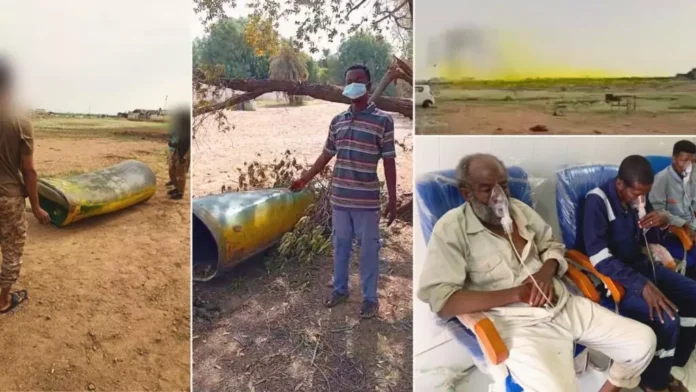On May 22, 2025, the United States accused the Sudanese army of using chemical weapons in its war against the Rapid Support Forces (RSF) militia. Washington provided no evidence to substantiate these allegations, which the Sudanese army denies. For the first time, the France24 Observers editorial team documented two incidents that occurred in September 2024 in the northern part of the capital, Khartoum, with all signs pointing to chlorine gas being used in aerial bombardments. Chlorine is a toxic gas banned under international law.
On April 24, 2025, the U.S. stated that “the Government of Sudan used chemical weapons in 2024.” This statement, issued in a U.S. State Department press release on May 22 announcing economic sanctions against the army-controlled Sudanese government, offered no further details. The next day, the Sudanese government publicly denied the accusations.
Back on January 16, 2025, a New York Times article quoted American officials claiming the RSF had been bombed with “chemical weapons, apparently chlorine gas.” Following the sanctions announcement, Arab media outlets reported on the allegations, while unverified rumors and social media posts circulated in Sudan—specifically about chemical weapons use in Khartoum. No concrete evidence was provided of chlorine or any other chemical weapon use by the army at that time.
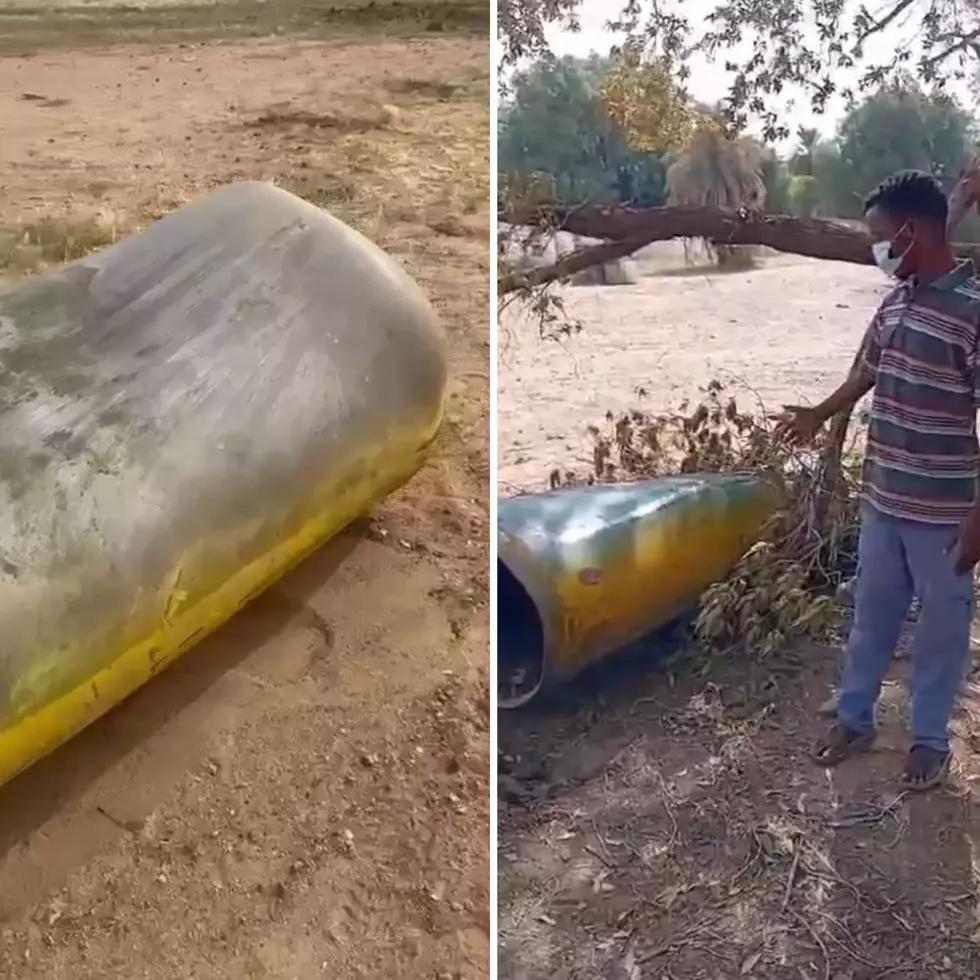
Using open-source investigation techniques, the Observers team in Paris investigated two September 2024 incidents near Al-Jaili oil refinery, north of Khartoum, which the army was trying to retake from RSF control. Images collected by the team were reviewed by five experts, all of whom agreed they matched the aerial dropping of barrels containing chlorine. The Sudanese army is the only force in the country with the aircraft to conduct such raids.
The team traced one of the barrels used in the attacks to an Indian company linked to the Sudanese army. Sold ostensibly for water purification—a common humanitarian use in Sudan, which has been plagued by cholera—the barrels were filled with chlorine, a potentially deadly gas if weaponized. Chlorine’s use for military purposes would place Sudan among the few regimes employing this World War I-era weapon. The Assad regime in Syria used chlorine in rebel-held areas starting in 2013.
Both attacks breach Sudan’s commitments under the Chemical Weapons Convention (signed in 1999) and constitute a war crime under the Rome Statute (1998).
Following the U.S. sanctions announcement, pro-RSF Sudanese social media accounts posted images they claimed proved the army’s chemical weapons use at Al-Jaili refinery. RSF’s September 13, 2024 statement accused the army of an airstrike using missiles carrying toxic gas, causing respiratory distress among dozens of workers.
Videos showed yellow-green barrels near the refinery. Footage from September 5 depicted one such barrel at an RSF-controlled base five kilometers from the refinery with an English label reading “Agent oxydant 5.1.” Subsequent video showed the same barrel and a yellow gas cloud—consistent, according to experts, with a chlorine leak. The barrel’s serial number, “GC-1983-1715,” was traced to Chemtrade International Corporation in India, which had shipped 17 chlorine cylinders to Port Sudan in August 2024 for “exclusive use in potable water treatment.”
Experts noted the cloud’s color and ground-hugging density matched chlorine incidents such as the June 2022 Aqaba port disaster in Jordan. Additional footage from September 13 showed a similar barrel under a tree inside the refinery. Workers were filmed using oxygen masks; one stated many were hospitalized, some unconscious, and several in critical condition.
An engineer who was inside the refinery on September 13 confirmed hearing an aircraft, seeing heavy smoke, and witnessing victims fainting or struggling to breathe. While he claimed fatalities occurred, this remains unverified.
Experts cautioned that while the evidence strongly suggests chlorine was used, definitive confirmation requires immediate on-site examination and testing—difficult since chlorine disperses quickly in open air.
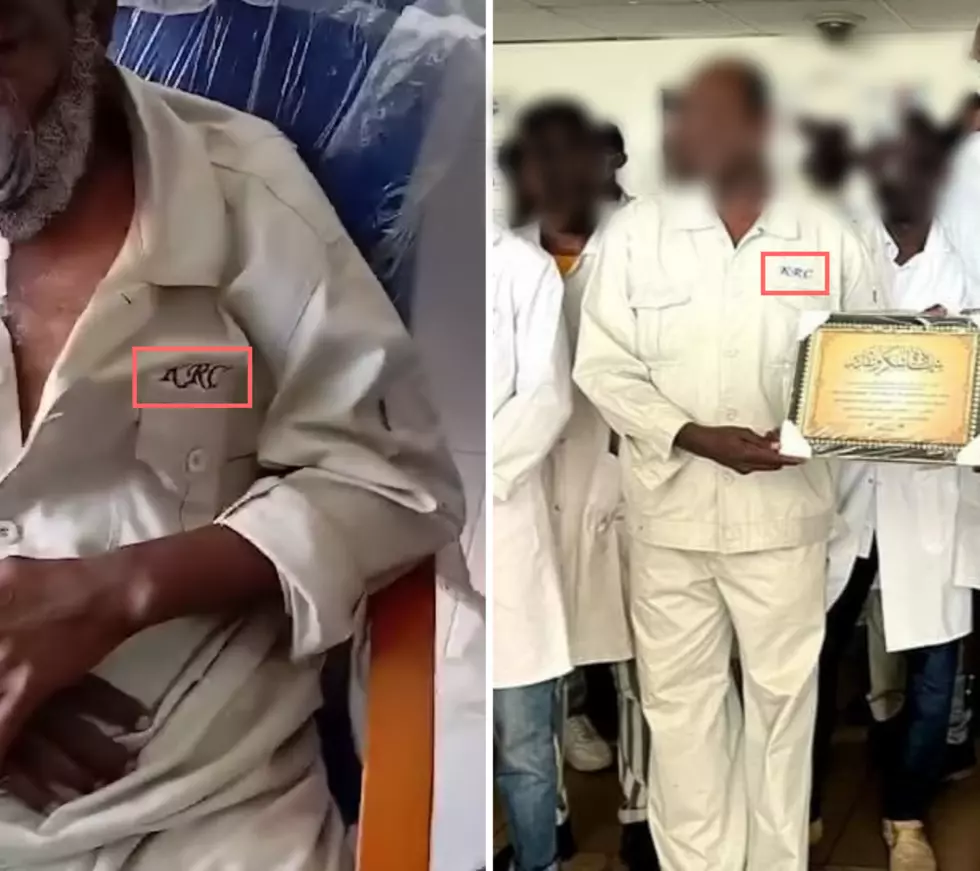
Ballistic analysis indicated the barrels were dropped from aircraft. Only the Sudanese army possesses the capability to conduct such aerial chlorine barrel drops; the RSF’s drones cannot carry such weight. Pro-army Telegram channels acknowledged airstrikes on the refinery on September 4, 5, and 13, sometimes implying toxic gas was present. Posts used the local Sudanese term “bum-ban” to describe gas munitions, often referring to tear gas, possibly to downplay chemical weapon use.
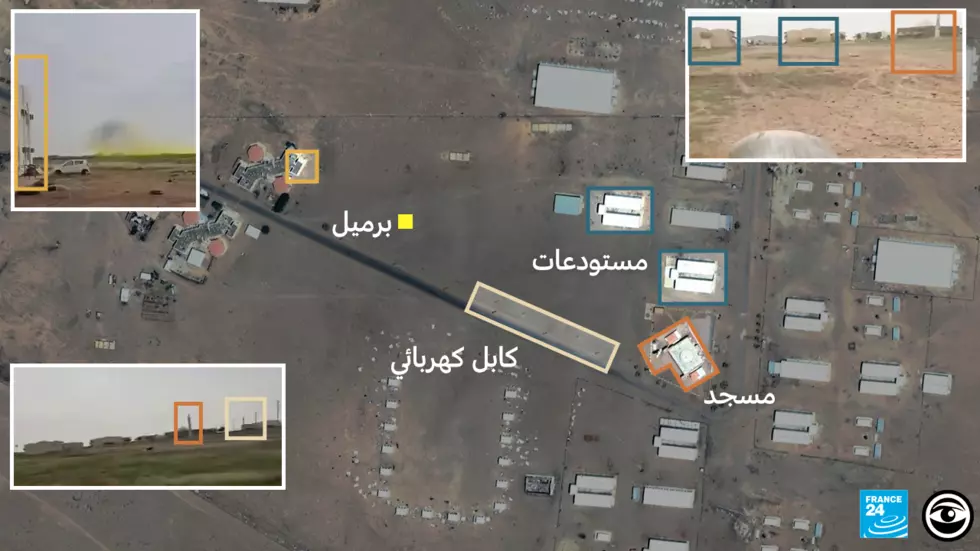
The investigation concludes that industrial chlorine containers were aerially dropped at least twice near Al-Jaili refinery on September 5 and 13, 2024, during heavy fighting between RSF and the Sudanese army. While five chemical and ballistic experts agreed the available images were consistent with chlorine attacks, they stressed the impossibility of absolute confirmation without on-site access.
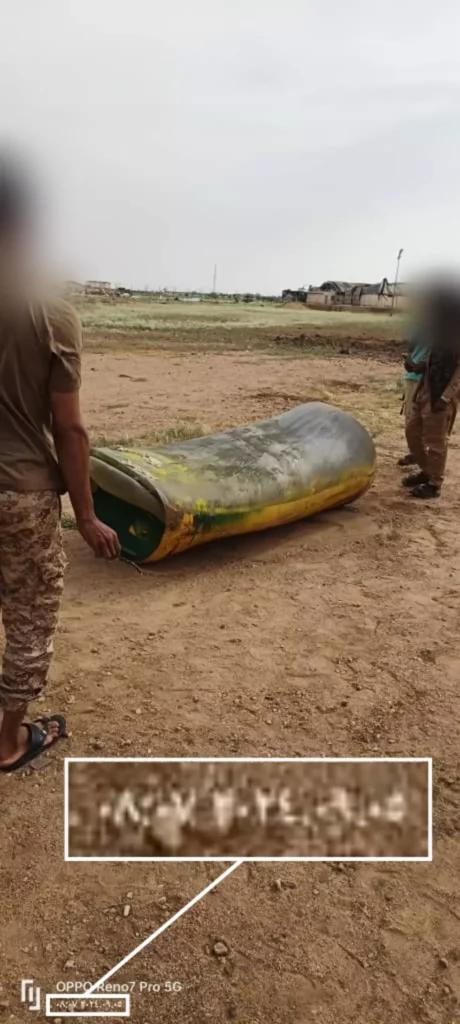
Sudanese authorities deny any chemical or radiological contamination in Khartoum state. International law specialists note that, if confirmed, such use could trigger criminal accountability at the International Criminal Court—though Sudan does not recognize ICC jurisdiction.
The second part of the investigation will explore how chlorine, imported for drinking water treatment, was allegedly repurposed as a weapon in Sudan’s war.
This article was translated from the original in French.

